Aba Tibetan and Qiang Autonomous Prefecture, abbreviated as Aba Prefecture, is a national autonomous prefecture in Sichuan Province. Tibetans and Qiang are the main population, located in the northwest of Sichuan Province, bordering Qinghai Province and Gansu Province. The Autonomous Prefecture is dominated by high-altitude mountainous areas. The northern part of the Autonomous Prefecture traditionally belongs to Ando, while the western Jinchuan and Xiaojin counties traditionally belong to Kang.
Covering an area of 83,426 square kilometers, it has jurisdiction over one city and 12 counties (Malkang City, Jiuzhaigou County, Xiaojin County, Aba County, Zoige County, Hongyuan County, Rangtang County, Wenchuan County, Li County, Mao County, Songpan County, Jinchuan County, Heishui County), and the administrative center is located in Malkang City. Aba Prefecture is the second main reservoir area in Sichuan province and the main settlement area of Qiang Nationality in China.
Aba Prefecture has Jiuzhaigou, Huanglong and other world natural heritage. Aba Prefecture has been praised by world tourism experts as the best destination of world eco-tourism. In 2012, it was selected as "the top 200 charming cities with Chinese characteristics" in 2012.
During the Warring States period, 316 years ago in Qin Dynasty, Jin Songpan was founded in Aba Prefecture.
Western Han Dynasty to mount Wenshan County. In the Jin and Sui dynasties, the old system was expanded. In the Tang Dynasty, the establishment of the Tang Dynasty became popular and changed frequently. Song Mao County Tonghua County, Wei Chuan Weizhou county.
Yuan is the beginning of the chieftain system, and it is located in Maozhou, Weizhou and Songpan Wei, and is divided into various chieftains and 1000 households.
Maoming, Li Fu hall, Songpan hall, Mao Gong hall. At the beginning of the Republic of China, the state was changed into a county, followed by the Songli Mao Wen Tun Colonial Supervision Office, and then into the sixteenth administrative supervision area of Sichuan Province, under the jurisdiction of Songpan, Mao County, Wenchuan, Lixian, Mao Gong (now Xiaojin), Jinghua (now Jinchuan) 6 counties and grassland 65 ministries, 20 chiefs, 11 guarded.
The Maoxian special district in 1952 belongs to the leader of Sichuan province.
In January 1, 1953, the Maoxian special zone was revoked and the Sichuan Tibetan Autonomous Region was reestablished. Former Maogong County was renamed Xiaojin County (in Meixing Town); Former Jinghua County was renamed Dajin County; Nanping County (in Nanping) was set up in some areas of Songpan County; Lixian County was moved to Zagunao. Aba County (in Central Aba), Luhua County (in Luhua) in Heishui, Zoige County (in Namo Temple) and Chuosjia District in Dajin County (in Zhoushan) were replaced by Aba County. Zhuo Keji, Songgang, Dangba and Suomo were set up as the administrative organs of the four regions respectively, and Malkang, the central region of the four regions, was temporarily set up as the county-level administrative organ - the People's Government Office of Sichuan Tibetan Autonomous Region. Sichuan Tibetan Autonomous Region administer 10 counties, 1 county administrative committees and 1 county offices.
In 1954, Lu Hua county was renamed Heishui county and Ruoergai County moved from the namo temple to the Da Zai temple.
In 1955, the Tibetan Autonomous Region of Sichuan province was changed to Aba Tibetan Autonomous Prefecture, and the people's Committee of Autonomous Prefecture was stationed in the temple of brush.
In 1956, the original office of the people's Government of Sichuan Tibetan Autonomous Region (four territories) was changed to Barkam county. The administrative committee of Chua was transferred to Chusi county and moved to Guanyin Bridge. Aba Tibetan Autonomous Prefecture administer 12 counties.
In 1958, Aba Tibetan Autonomous Prefecture moved from the brush temple to Barkam County town. It was set up by the administrative committee of the Ru Tong. 2 counties in Maoxian and Wenchuan were revoked. On July 7, the same year, Mao Wen Qiang Autonomous County (Zhuweizhou Town) was established by the merger of all the jurisdictions of Mao County, Wenchuan County and parts of Li County. Li County moved to the brush temple. Aba Tibetan Autonomous Prefecture administer 11 counties and 1 autonomous counties.
In 1959, the Ru Tang County moved to the Ru Tong, Li County moved to the HA La ma.
In 1960, Lixian was abolished and Hongyuan County (in Harama) was established in Lixian County and parts of Aba County; the rest of Lixian County was incorporated into Maowen Qiang Autonomous County and Malkang County. Revoked Nanping County and merged into Songpan county. Dajin county has been renamed Jinchuan county. Revoke the county of Sijia county and merge into 2 counties of Jinchuan and Ru Tang. Aba Tibetan Autonomous Prefecture administer 9 counties and 1 autonomous counties.
In 1963, Nanping (in Nanping), Wenchuan (in Weizhou Town) and Lixian (in Zagunao) were restored, and Maowen Qiang Autonomous County was moved from Weizhou Town to Fengyi Town. Aba Tibetan Autonomous Prefecture administer 12 counties and 1 autonomous counties.
In 1987, Aba Tibetan Autonomous Prefecture was renamed the Aba Tibetan and Qiang Autonomous Prefecture.
In October 2015, Barkam County, Aba Prefecture, Sichuan province was approved by the State Council.
Aba Prefecture is located in the southeastern margin of the Qinghai-Tibet Plateau, the northern end of the Hengduan Mountains and the northwestern Sichuan Alpine Canyon junction, the landform of Plateau and alpine Canyon mainly. The southeast is a high mountain gorge area, the central part is the mountain area, and the northwest part is the plateau area.
Climatic characteristics
ABA temperature decreases from southeast to northwest and decreases with altitude from low to high. The hilly plateau in Northwest China is a continental plateau climate. The temperature of the four seasons has no obvious difference. The winter is cold and long, the summer is cold and humid, and the annual average temperature is 0.8 ~4.3%. The mountain plains have a cool and semi-humid climate, with warm summers, cold winters and springs, and distinct dry and wet seasons. The climate varies vertically. The mountains are humid and cold, the valleys are dry and cool, and the average annual temperature is 5.6 ~8.9%. Alpine Canyon zone, with altitude changes, climate from subtropical to temperate zone, cold-temperate zone, cold zone, showed obvious vertical differences, below 2500 meters above sea level in the valley area precipitation concentration, evaporation fast, become arid and semi-arid zone, altitude 2500 to 4100 meters above sea level in the slope valley zone is a cold-temperate zone, the annual average temperature of 1 to 5 degrees Celsius At 4100 meters above sea level, it is cold, with snow all year round and no summer in winter.
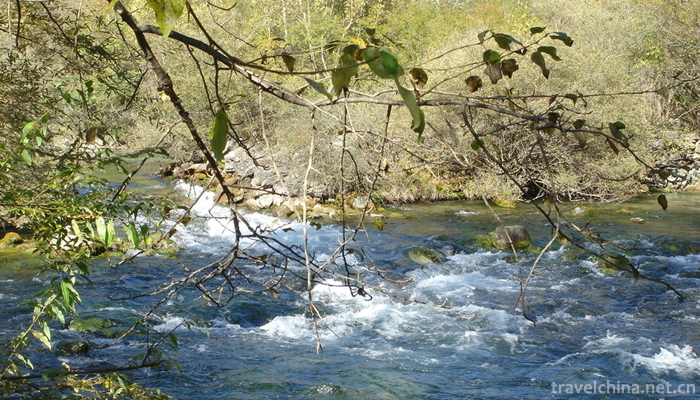
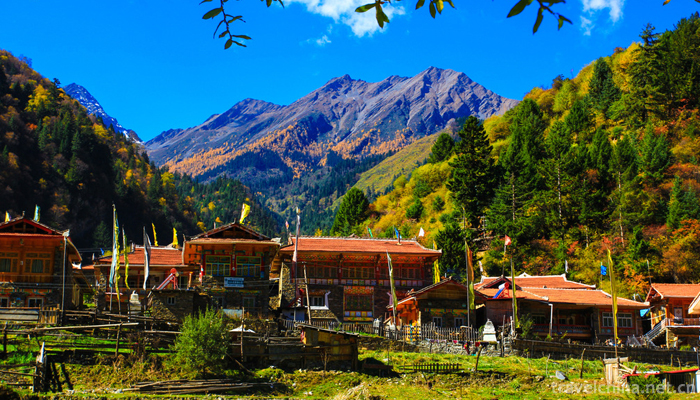
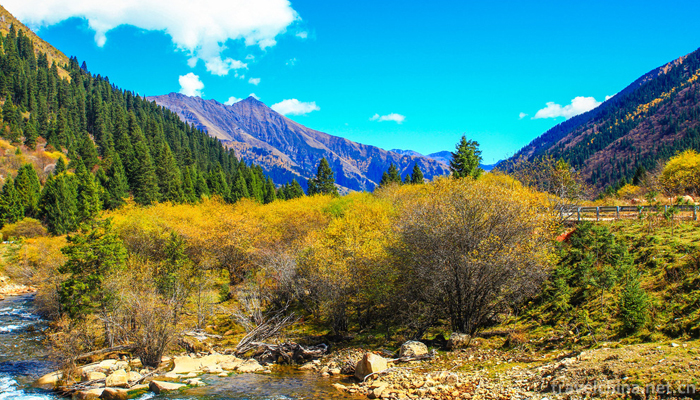
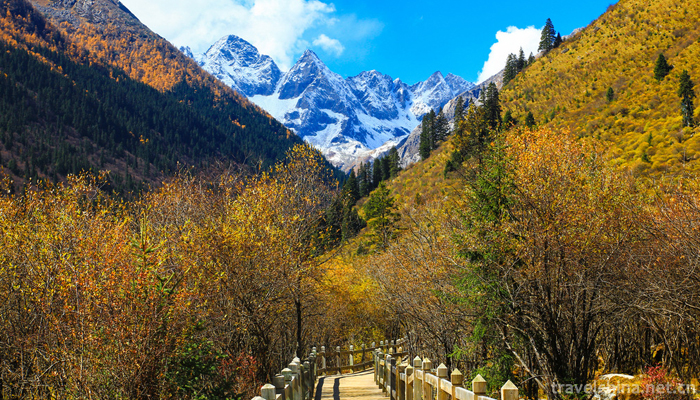
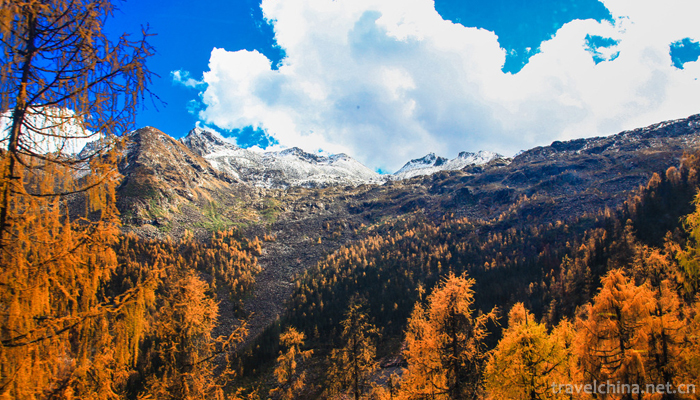
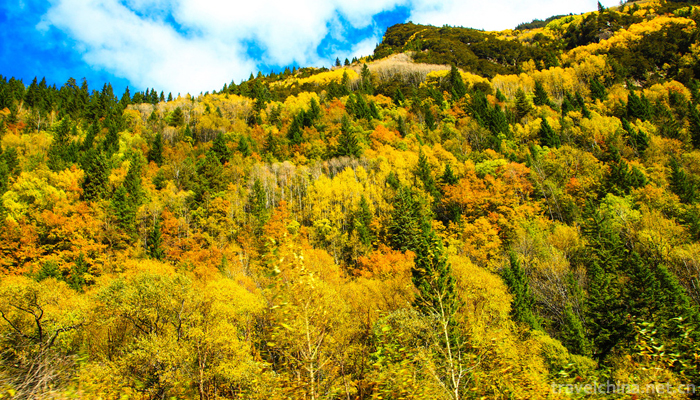
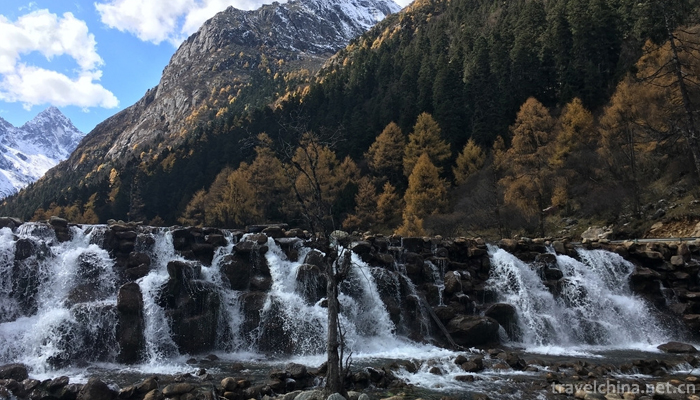
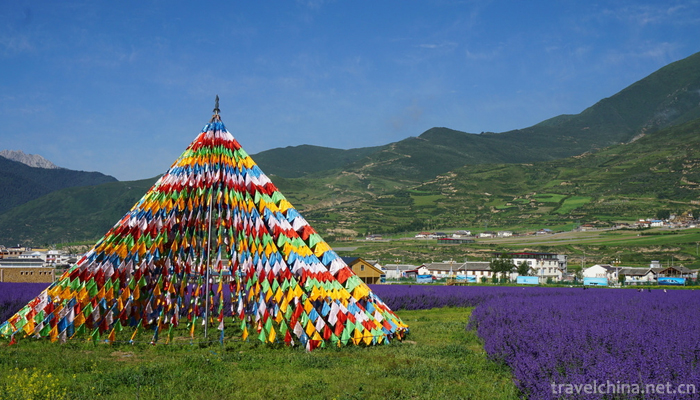
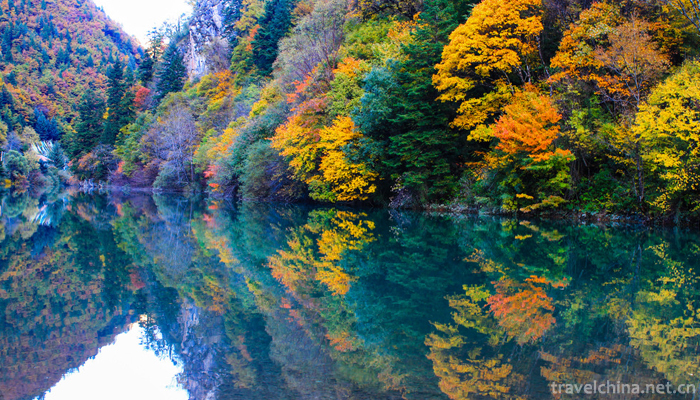
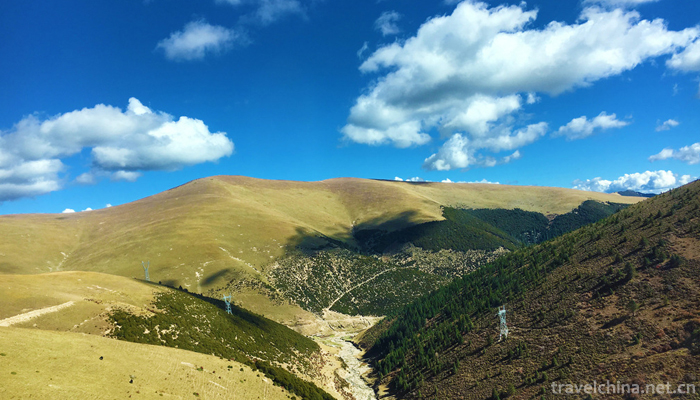
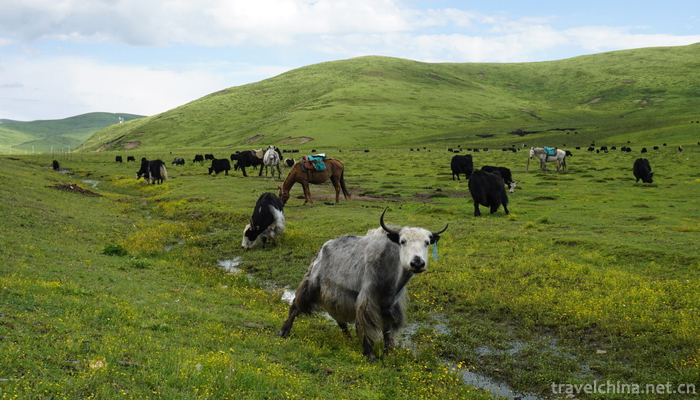

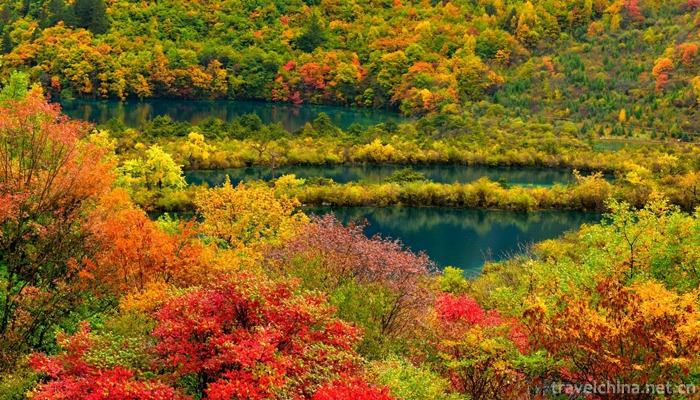
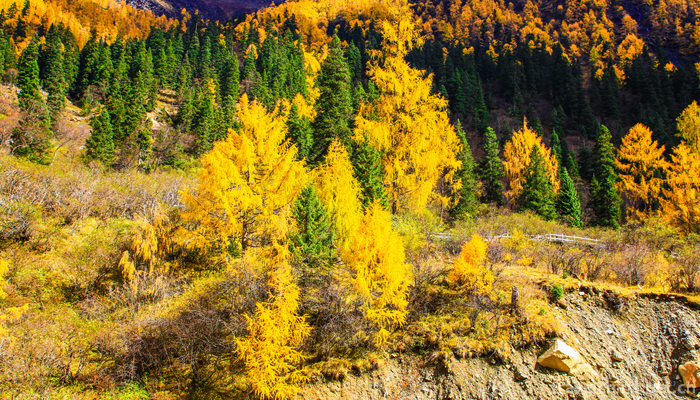
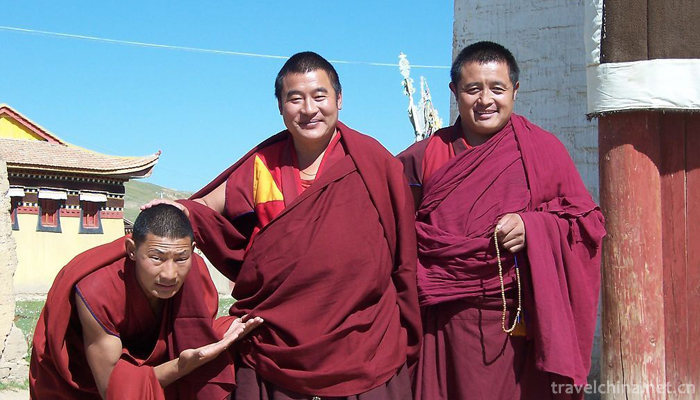
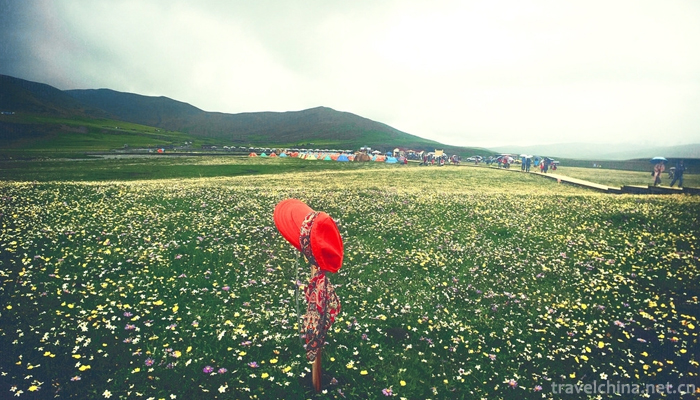
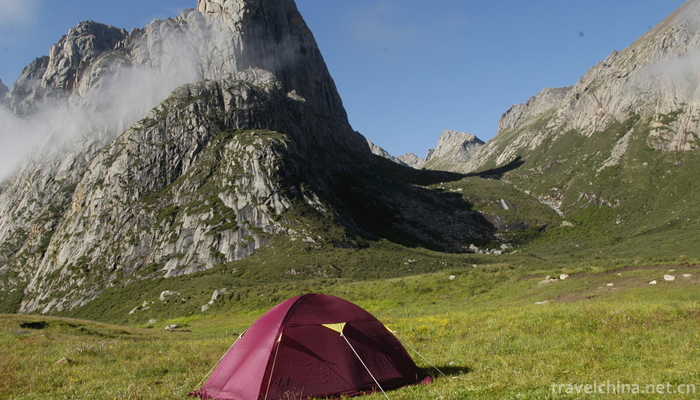

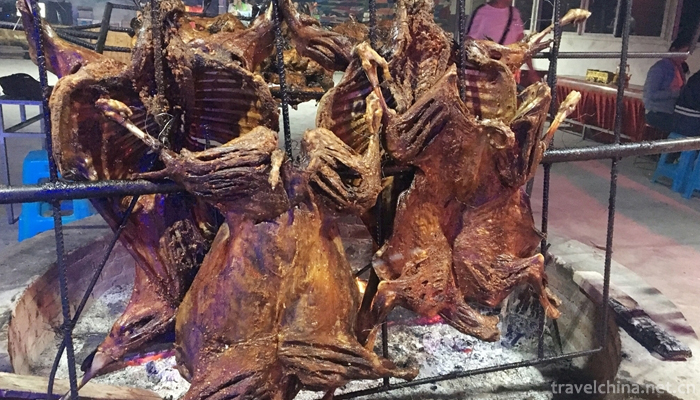
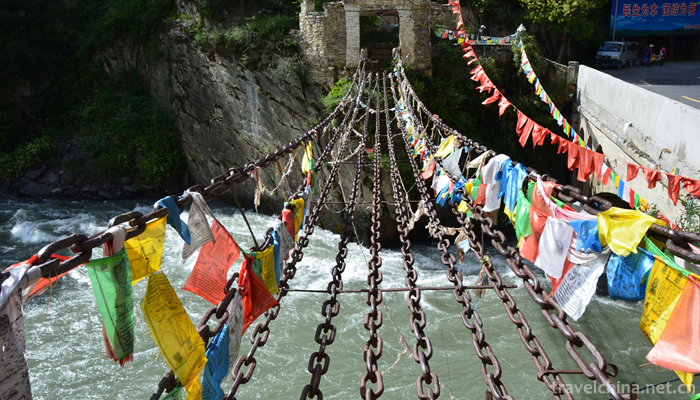
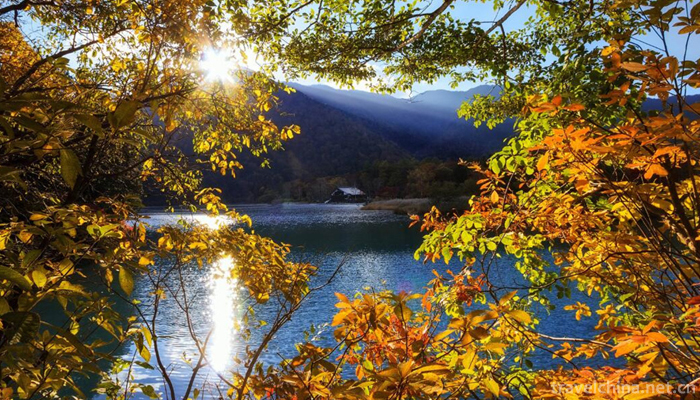
0 Questions
Ask a Question
Your email address will not be published.